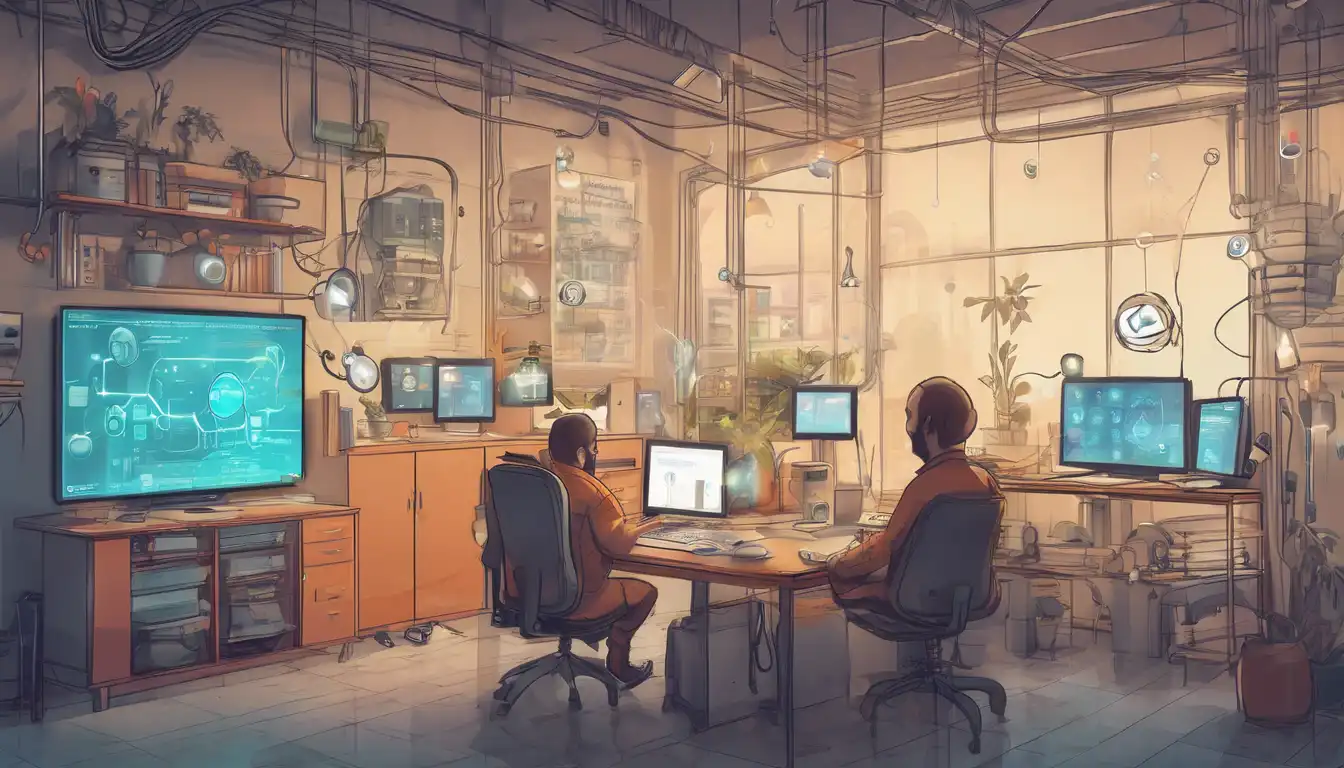Introduction to IoT Development
The Internet of Things (IoT) is revolutionizing how we interact with the world around us. From smart homes to industrial automation, IoT development is at the heart of this transformation. This guide is designed to help beginners take their first steps into the world of IoT development, offering insights into the tools, technologies, and best practices needed to start building connected devices.
Understanding IoT
IoT refers to the network of physical devices connected to the internet, collecting and sharing data. These devices range from ordinary household items like refrigerators and thermostats to sophisticated industrial tools. The key to IoT is the seamless integration of the digital and physical worlds, enabling devices to communicate without human intervention.
Essential Tools for IoT Development
To get started with IoT development, you'll need a few essential tools:
- Development Boards: Platforms like Arduino and Raspberry Pi are popular among beginners for their ease of use and strong community support.
- Sensors and Actuators: These components allow your devices to interact with the physical world. Common examples include temperature sensors, motion detectors, and servo motors.
- Programming Languages: Knowledge of languages such as Python, C++, and JavaScript is crucial for developing IoT applications.
- IoT Platforms: Services like AWS IoT, Google Cloud IoT, and Microsoft Azure IoT provide the infrastructure needed to connect, manage, and analyze your devices.
First Steps in IoT Development
Starting your IoT project can be as simple as blinking an LED with a Raspberry Pi or as complex as building a smart home system. Here are some steps to guide you:
- Define Your Project: Start with a clear idea of what you want to achieve. Whether it's a smart garden that waters itself or a wearable health monitor, having a goal will guide your development process.
- Choose Your Hardware: Select the development board and components that best suit your project's needs.
- Set Up Your Development Environment: Install the necessary software and tools on your computer to start programming your device.
- Write Your First Program: Begin with simple projects to familiarize yourself with the hardware and software.
- Connect to the Internet: Learn how to send and receive data over the internet, a fundamental aspect of IoT.
Challenges in IoT Development
While IoT offers endless possibilities, developers face several challenges, including security concerns, data privacy, and interoperability between devices. Addressing these issues early in your development process is crucial for building reliable and secure IoT solutions.
Resources for Learning IoT Development
There are numerous resources available for aspiring IoT developers, including online courses, tutorials, and community forums. Websites like Arduino and Raspberry Pi offer extensive documentation and project ideas to help you get started.
Conclusion
IoT development is an exciting field with the potential to transform our daily lives. By starting with simple projects and gradually tackling more complex challenges, you can build the skills needed to create innovative IoT solutions. Remember, the key to success in IoT development is continuous learning and experimentation.
